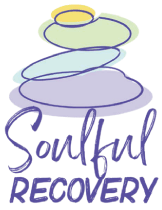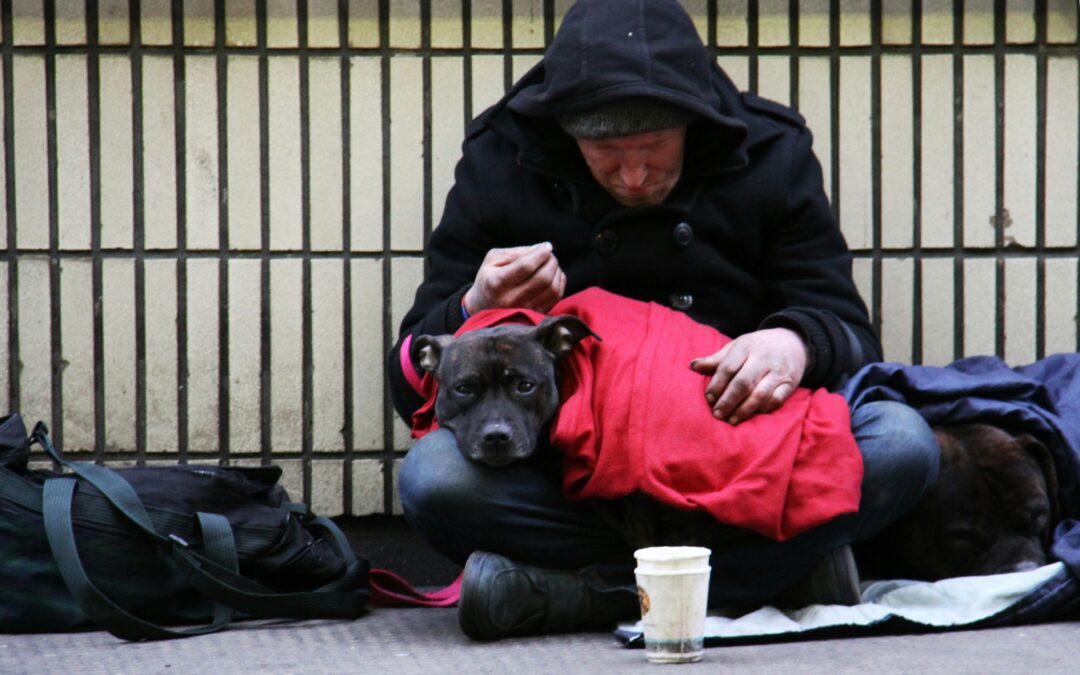Introduction
For many people, drinking alcohol is a normal part of social gatherings, celebrations, and unwinding after a long day. There’s nothing inherently wrong with enjoying a glass of wine with dinner or a beer with friends. However, the line between social drinking and problematic alcohol use can be surprisingly thin—and far more people cross it than most realize.
The Hidden Prevalence of Problem Drinking
One of the most surprising facts about alcohol misuse is how common it actually is. According to the National Institute on Alcohol Abuse and Alcoholism, 27.9 million people ages 12 and older had Alcohol Use Disorder (AUD) in 2024, representing 9.7% of this age group. Even more striking, recent data from The Pew Charitable Trusts reveals that of the 137 million Americans who reported drinking in the last 30 days in 2022, 45% reported binge drinking—defined as five or more drinks in a sitting for men and four for women.
What’s particularly important to understand is that not everyone with a drinking problem meets the clinical criteria for alcoholism or alcohol dependence. In fact, a CDC study found that 90% of people who engage in excessive or heavy drinking do not meet the established criteria for Alcohol Dependence. This means millions of people are experiencing negative consequences from their alcohol use without recognizing that they have a problem that needs attention.
When Does Social Drinking Cross the Line?
The transition from casual social drinking to problematic use is rarely dramatic. It happens gradually, often so subtly that the person drinking—and those around them—don’t notice until significant problems have developed. Understanding the warning signs is crucial for early intervention.
Loss of Control
One of the earliest indicators that social use has become problematic is losing control over drinking patterns. This might manifest as consistently drinking more than intended, being unable to stop after one or two drinks, or finding it difficult to limit consumption even when you’ve decided to cut back. If you frequently tell yourself you’ll only have one drink but end up having several, this loss of control is a red flag worth examining.
Changes in Drinking Context
The context in which drinking occurs matters significantly. Research published in Scientific Reports found that drinking behaviors are socially contagious, with both heavy drinkers and abstainers having a strong influence on their social environment. When someone begins drinking alone regularly, especially to cope with negative emotions, it represents a significant shift from social use. While most adolescents and young adults drink primarily in social settings, about 15-24% of young adults report engaging in solitary drinking, which is associated with increased risk for developing Alcohol Use Disorder.
Impact on Daily Life
Perhaps the clearest sign that social use has become a problem is when alcohol begins to interfere with your responsibilities, relationships, or health. This might include:
- Missing work or performing poorly due to hangovers
- Conflicts with family members or friends about your drinking
- Neglecting responsibilities or hobbies you once enjoyed
- Experiencing legal problems such as DUIs
- Health issues that are worsened by alcohol consumption
As highlighted in resources about maintaining sobriety, when alcohol use affects your personal or professional life, it’s time to seek help. The emotional toll on both the individual and their loved ones can be devastating, creating cycles of disappointment and broken trust.
Increased Tolerance and Frequency
Needing to drink more to achieve the same effects, or finding that you’re drinking more frequently than before, are physiological indicators that your body is adapting to regular alcohol consumption. What started as weekend social drinking might expand to include weeknights, or you might find yourself drinking earlier in the day than you used to.
Using Alcohol to Cope
When alcohol becomes your primary tool for managing stress, anxiety, depression, or other difficult emotions, social use has transformed into something more concerning. This pattern of drinking to cope is strongly associated with the development of Alcohol Use Disorder and represents a fundamental shift in your relationship with alcohol.
The Social Influence Factor
Understanding that drinking behaviors don’t exist in a vacuum is important for recognizing when social use becomes problematic. According to the World Health Organization, alcohol consumption plays a causal role in more than 200 diseases, injuries, and other health conditions. Beyond individual health, excessive alcohol consumption causes approximately 178,000 deaths annually in the United States alone, making it the leading driver of substance use-related fatalities.
Your social network significantly influences your drinking patterns. If your primary social activities revolve around drinking, or if most of your friends engage in heavy drinking, you’re more likely to develop problematic patterns yourself. This doesn’t mean abandoning your social connections, but it does mean being honest about whether these relationships are supporting your wellbeing or compromising it.
Taking Action: From Recognition to Recovery
Recognizing that your social drinking has become problematic is often the hardest step, but it’s also the most important one. The good news is that help is available, and recovery is possible at any stage of problematic use.
The Importance of Evidence-Based Support
Whether you need to learn to moderate your drinking or abstain completely, evidence-based therapy approaches offer the best outcomes for sustainable change. Intensive outpatient programs (IOPs) combine scientifically validated therapeutic approaches with practical flexibility, allowing individuals to receive comprehensive treatment while maintaining their daily responsibilities.
These evidence-based approaches might include cognitive-behavioral therapy, motivational interviewing, medication-assisted treatment, and other interventions proven to help people change their relationship with alcohol. The key is finding treatment that addresses not just the drinking itself, but the underlying issues that contribute to problematic use.
Building Psychological Resilience
Recovery from problematic alcohol use requires more than just stopping or reducing drinking—it requires building psychological resilience to face life’s challenges without relying on substances. Resilience is the capacity to bounce back from difficulties, adapt to change, and grow stronger through adversity. Developing this capacity involves learning new coping strategies, building supportive relationships, and creating a life that supports your wellbeing without alcohol at the center.
Moving Forward with Honesty and Hope
If you’re reading this and recognizing yourself in these descriptions, please know that you’re not alone, and acknowledging a problem is a sign of strength, not weakness. The transition from social use to problematic drinking happens to millions of people from all walks of life. What matters most is what you do with this recognition.
Start by being honest with yourself about your drinking patterns. Keep track of how much and how often you drink, and notice the contexts and emotions associated with your alcohol use. Consider talking to a healthcare provider, addiction specialist, or counselor who can provide an objective assessment and help you understand your options.
Remember that seeking help early—before problems become severe—significantly improves outcomes and makes recovery easier. You don’t need to wait until you’ve lost everything to deserve support. Whether you need brief intervention, outpatient treatment, or more intensive care, resources are available to help you build a healthier relationship with alcohol and create a life you don’t need to escape from.
The journey from problematic use to recovery is challenging, but it’s also filled with opportunities for growth, healing, and rediscovering the person you want to be. With the right support, honest self-reflection, and commitment to change, it’s entirely possible to move beyond the grip of problematic alcohol use and toward a life of genuine wellbeing and connection.

